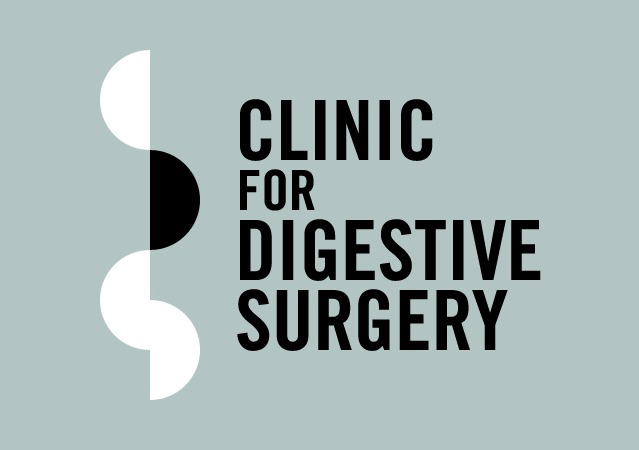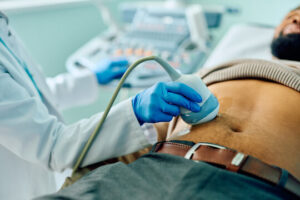Hernias affect thousands of people, yet many brush off early signs, often mistaking them for minor aches. The trouble is, hernias don’t resolve on their own. They tend to progress, sometimes leading to serious complications if left untreated. A small bulge, mild discomfort, or a pulling sensation might seem harmless at first, but these can be early indicators of a developing hernia. Recognising symptoms early can make a big difference.
So, What Exactly Is a Hernia?
A hernia occurs when an internal organ or tissue pushes through a weak spot in the surrounding muscle. It’s often most visible around the abdominal wall, groin, or upper thigh. While small hernias might feel harmless at first, they can grow and lead to serious complications, especially if left unaddressed.
Common Signs and Symptoms
Here are key indicators that could hint at a hernia:
- Visible or palpable bulge
A noticeable lump when standing, coughing, or straining is a classic sign. It may disappear when lying flat but reappear with activity. - Discomfort or pain
You might feel a dull ache or sharp twinge around the bulge, especially during exertion or prolonged standing. - Sense of heaviness or pressure
Many describe a constant drag or fullness in the area. - Burning or gurgling sensation
If bowel loops are involved, a bubbling or burning feeling may arise around the bulge. - Occasionally, bowel troubles
Although less common, a worsening hernia could cause constipation or difficulty passing stools, especially if bowel motion is involved.
Types of Hernias and Where They Appear
Being able to recognise where a hernia develops is useful for understanding symptoms:
- Inguinal hernia (inner groin): Most common, especially in men. Look for lumps in the groin or scrotum.
- Femoral hernia (outer groin or upper thigh): More frequent in women; feels like a thigh lump.
- Umbilical hernia (around the belly button): Often seen in infants, can also appear in adults after strain.
- Incisional hernia (at surgical sites): Marginal risk if post‑surgical wounds don’t fully heal.
- Hiatal hernia (upper stomach enters chest): Located internally, symptoms include heartburn, chest discomfort, or difficulty swallowing.
When to Seek a Specialist at a Digestive Clinic
Not every bulge needs surgery, but if you experience any of the following, it’s wise to consult a specialist:
- Non‑reducible bulge: One that won’t go away when lying down
- Persistent or worsening pain
- Signs of bowel obstruction: Severe tenderness, vomiting, or not passing gas or stool
- Rapidly increasing or discoloured lump.
At a Digestive Clinic, a hernia expert will conduct a thorough physical exam, possibly followed by imaging such as an ultrasound or CT scan to determine hernia type, size, and whether urgent treatment is necessary.
How a Hernia Is Treated
Treatment depends on the nature and your health situation:
- Watchful waiting: Small, painless hernias can be monitored, especially in senior citizens or those with health risks.
- Supportive garments: A truss or belt may ease discomfort temporarily.
- Surgical repair: Often recommended to prevent complications. Modern techniques include open or laparoscopic surgery to return tissue to its place and reinforce the muscle wall.
Recovery in most cases is swift, especially with minimally invasive methods, with return to daily life in days to weeks.
What You Can Do Today
If you suspect a hernia, book an appointment with the Digestive Clinic to perform a detailed assessment. Early diagnosis increases the likelihood of managing it comfortably and avoiding complications.
Ready to move forward? Schedule your hernia evaluation at the Digestive Clinic now your first st.ep towards relief, reassurance, and long‑term wellbeing.










